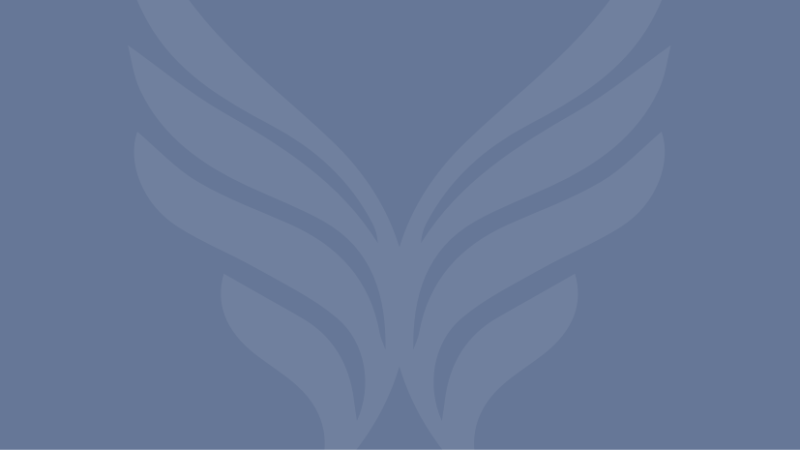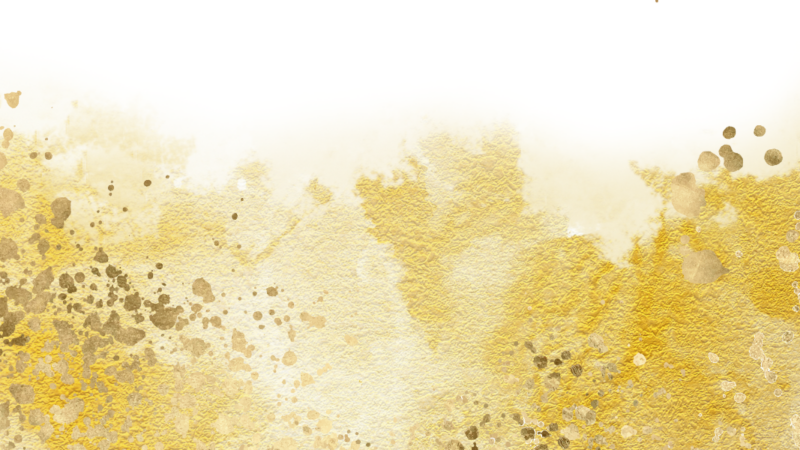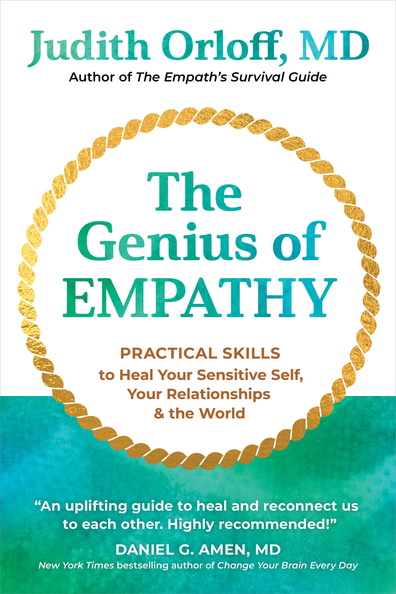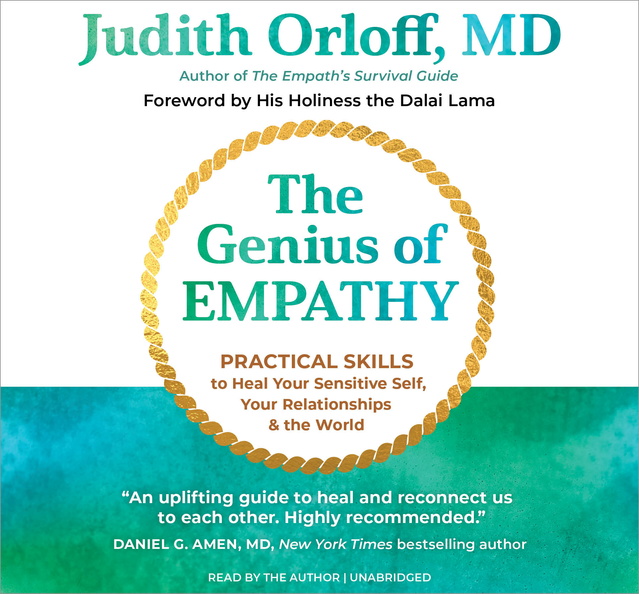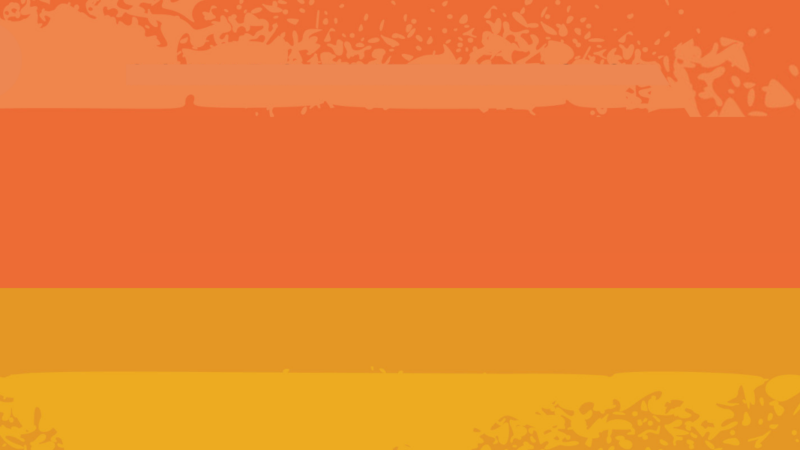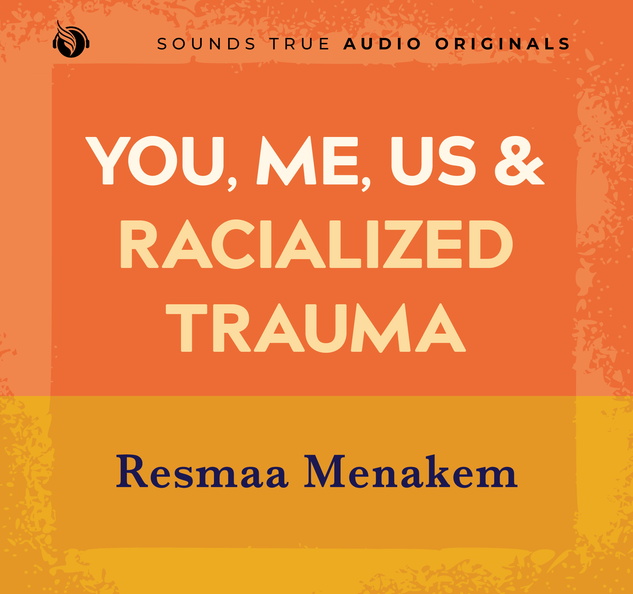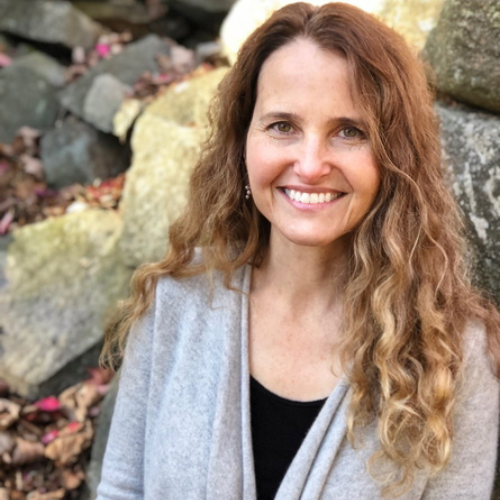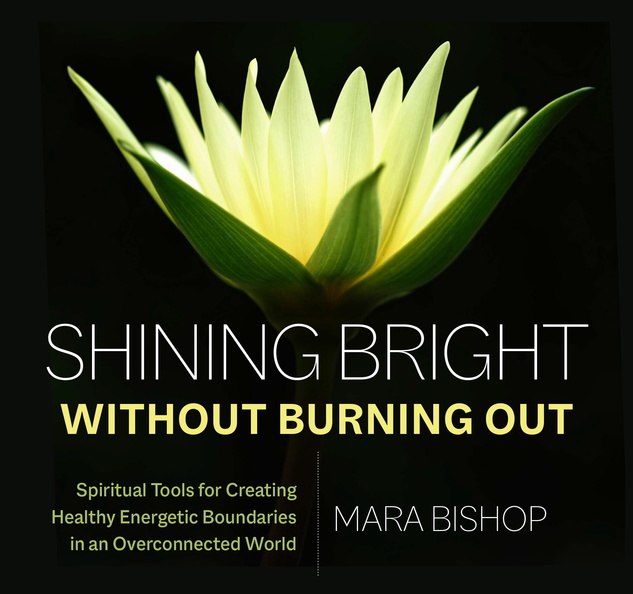
For many heart patients, stress is the elephant in the room – not only around the holidays, but all the time. When we discuss why they missed their goals for proper exercise, nutrition, abstinence from smoking, and proper sleep, stress is often the reason. Here are some stress-management tips taken from a series of lectures I’ve given – I share them with the hope that they help manage stresses in your life.
Adaptogens
When I talk to patients about stress, I begin by describing adaptogens, or herbs that appear useful in stabilizing physiology and improving anxiety and stress. I do this because so many of them are already using pills — typically benzodiazepines like Xanax and Ativan — and my goal is to get them off those prescription medications ASAP. Frankly, substituting one pill for another is something most patients accept faster than any other technique. I’ve had success in many patients using L-theanine 200 mg twice a day and ashwagandha 500 mg twice daily, usually together. Even elderly patients report they feel less stressed and more functional. Rhodiola is another adaptogen I like because it’s been studied in heart patients and shows benefits for their symptoms. I recommend 100 mg a day.
Breath-work
There are many styles of breath-work, but I find I can teach my patients the 4-7-8 breathing practice in the office in just a few minutes, and they use it right away. I refer them to an online video created for children, and ask them to practice this at home and use it in their daily routine:
Meditation
Teaching meditation is a longer process than the first two techniques, but has been shown to benefit heart patients and should be taught routinely. I ask them to study the Kirtan Kriya taught by Dr. Khalsa because it’s only 12 minutes and is supported by great research results at UCLA. When I tell them that they may slow aging and improve their memory while dealing with their stress, they’re eager to use it in their lives.
HeartMath
This is an online program using heart-centered breathing and positive emotions to restore balance between the sympathetic and parasympathetic nervous systems. It requires purchasing a cable that clips on the earlobe and connects to a smartphone, tablet or a PC. I recommend it to patients because it resembles a game, is easy to learn, and is supported by published scientific studies showing lower blood pressure, lower cortisol levels, improved memory, and better school performance.
Yoga
Different styles of yoga have been studied in a variety of serious stress disorders including cancer, post-trauma, and addictions, and has been found to be beneficial even when tested using rigorous scientific study design. Yoga can be adapted for the elderly using only a chair; it provides a sense of community, and offers some cardio benefit as well.
Massage
My patients ask me if massage is worthwhile, and when I tell them that medical benefits have been identified for this therapy, including blood pressure and stress reduction, they’re excited.
Will these six tips help offer something for everyone? Unfortunately, there are people who aren’t willing to try and stick with these practices, and others who have unrealistic expectations. There are other approaches to consider, including essential oils, music, exercise proper nutrition, hormonal balance, and improved GI tract function. I refer challenging patients to holistic psychiatrists and counselors.
I remind my patients of a story about a man speaking to a religious leader repeating over and over that he was frustrated with the stresses in life. The leader suggested they take a walk, and stopped in front of a cemetery. The man asked why they stopped there and the leader replied, “They are the only people who have no worries and stress, for the rest of us, we need to manage and work out the issues.”
Looking for more great reads?


Dr. Kahn is a Clinical Professor of Medicine at Wayne State University School of Medicine and Director of Cardiac Wellness, Michigan Healthcare Professionals PC. He is a graduate Summa Cum Laude of the University of Michigan School of Medicine. He lectures widely on the cardiac benefits of vegan nutrition, mind body practices and heart attack prevention. He writes blogs for MindBodyGreen, OneGreenPlanet, Aloha.com, Forksoverknives.com, and for Readers Digest Magazine as the Holistic Heart Doc. His latest book, The Plant-Based Solution will be released in January 2018.


